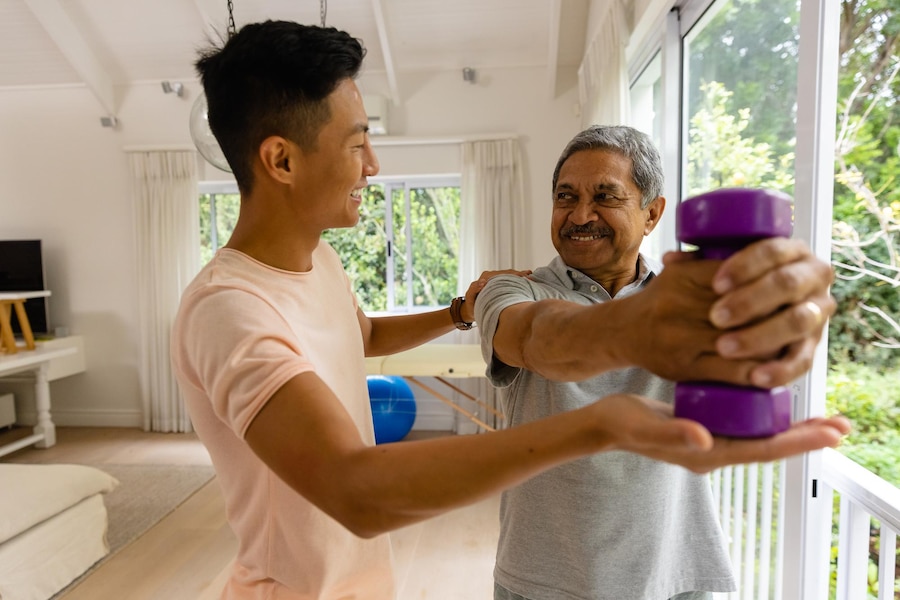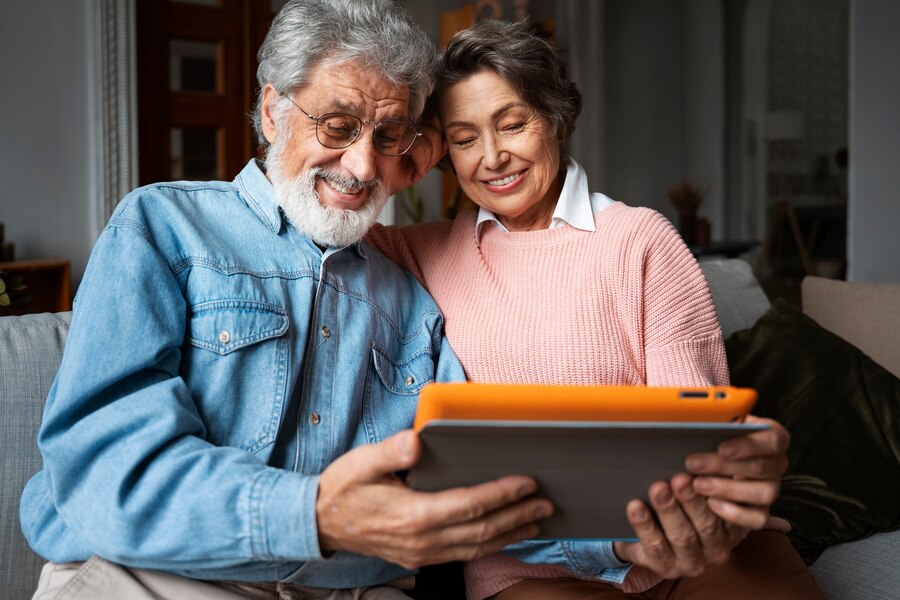As we age, maintaining our independence and mobility becomes increasingly important. Unfortunately, many elders face challenges related to balance and gait, which can lead to an increased risk of falls and loss of confidence in performing daily activities. While walking is an excellent form of exercise for seniors, incorporating balance and gait exercises into their routine can offer tremendous benefits. In this blog, we will explore the significance of these exercises for elders and understand why they are crucial for maintaining a healthy and active lifestyle.
1. Enhancing Balance and Stability
Balance and stability are fundamental for maintaining control over our body’s movements and preventing falls. As we age, the body’s natural balance systems may deteriorate, making seniors more susceptible to slips and trips. Balance exercises can help strengthen the core muscles, lower limbs, and improve proprioception (awareness of body positioning), reducing the risk of falls and enhancing stability.
2. Improving Gait and Walking Abilities
Gait refers to the manner in which we walk, including stride length, posture, and step pattern. A proper gait pattern is vital for efficient and safe walking, which significantly impacts a senior’s ability to perform everyday tasks and participate in social activities. Gait exercises help correct irregular walking patterns, improve step symmetry, and enhance overall walking abilities, ensuring seniors maintain their mobility and independence.
3. Building Muscle Strength and Flexibility
As we age, muscle mass tends to decrease, leading to reduced strength and flexibility. Balance and gait exercises engage various muscle groups, including the quadriceps, hamstrings, calves, and glutes. Regularly incorporating these exercises into a senior’s routine can help build and maintain muscle strength, allowing them to remain active and agile as they age.
4. Enhancing Joint Health
Joint pain and stiffness are common issues among the elderly. Balance and gait exercises promote joint flexibility, lubrication, and help maintain their range of motion. Engaging in these exercises regularly can alleviate joint discomfort and reduce the risk of joint-related conditions, such as osteoarthritis.
5. Boosting Cognitive Function
Studies have shown that balance and gait exercises can have a positive impact on cognitive function. These exercises challenge the brain to coordinate movements and maintain balance, thus promoting neural connections and cognitive abilities. For seniors, this is particularly significant, as it can help reduce the risk of cognitive decline and enhance overall brain health.
6. Enhancing Confidence and Independence
Fear of falling is a common concern among older adults, often leading to reduced physical activity and social isolation. By incorporating balance and gait exercises, seniors can regain confidence in their physical abilities, leading to a sense of independence and empowerment. As a result, they are more likely to stay active, engage with their community, and enjoy a higher quality of life.
7. Fall Prevention
Falls are a leading cause of injury and hospitalization among the elderly. Regular balance and gait exercises can significantly reduce the risk of falls by improving muscle strength, stability, and coordination. Additionally, these exercises can teach seniors how to recover from a loss of balance, further reducing the likelihood of a fall-related injury.
Incorporating balance and gait exercises into the daily routine of elders is crucial for maintaining their physical and mental well-being. Beyond walking, these exercises provide numerous benefits, including enhanced balance, improved gait patterns, increased muscle strength, and better joint health. Furthermore, these exercises can boost cognitive function, instill confidence, and significantly reduce the risk of falls, empowering seniors to lead active, independent, and fulfilling lives well into their golden years. Encouraging seniors to engage in these exercises and providing proper guidance can contribute to a healthier, happier, and more vibrant aging process.



